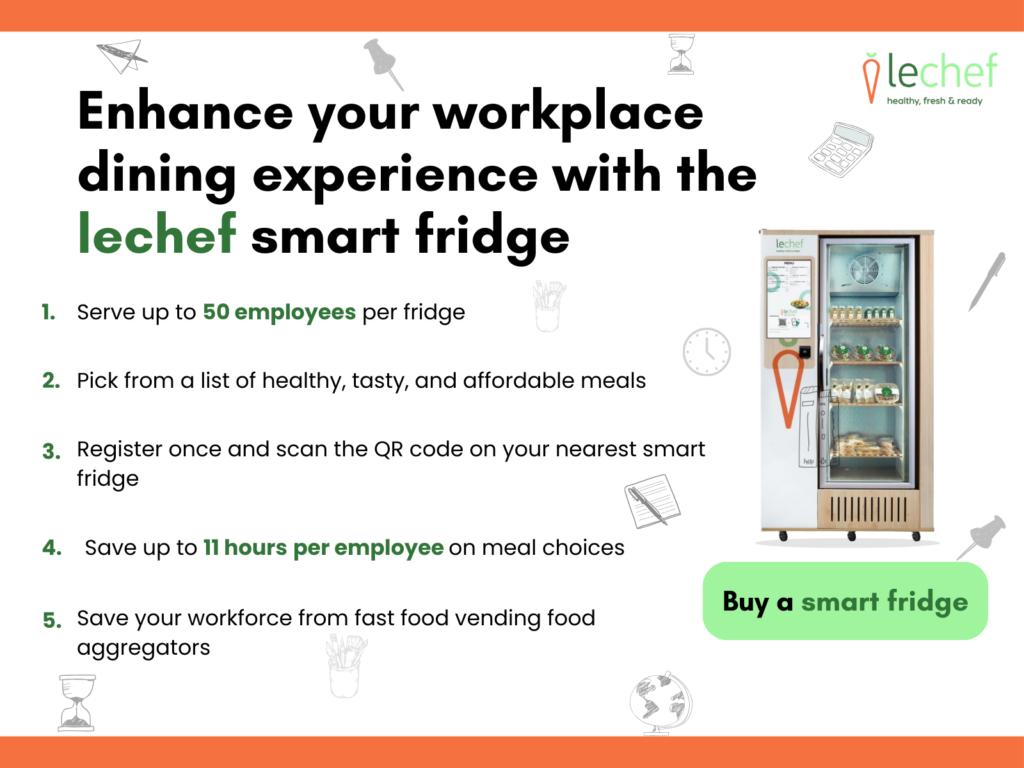
The Internet of Things (IoT) has revolutionized industries across the globe, from healthcare to transportation, and its influence on food technology is no exception. One of the most intriguing advancements is how IoT is transforming office kitchens. These once-static spaces are becoming hubs of intelligent interaction, enabling companies to enhance employee dining experiences, reduce food waste, and improve operational efficiency. Our blog today delves into the exciting ways IoT is reshaping workplace kitchens, focusing on its impact, technology, and future potential.
IoT has begun shaping workplace dining in different ways. In this section of the blog, we’ll look into the different ways through which IoT-induced innovations can bring about a positive change for employers and employees. Let’s take a look:
IoT has redefined how we interact with everyday appliances, and office kitchens are no exception. Smart fridges, for instance, are equipped with sensors and RFID technology that monitor inventory levels in real-time. These fridges can track which items are consumed most frequently and send notifications when stock runs low. Employees benefit from a seamless experience, as they can view available meals through integrated apps and select their preferences remotely.
Beyond fridges, IoT creates a connected kitchen ecosystem where every appliance—from coffee machines to vending units communicates to streamline operations. For example, a connected coffee machine might track usage patterns to ensure supplies like coffee beans and filters are replenished proactively. These interconnected systems not only make workplace kitchens more efficient but also enhance employee satisfaction by ensuring their needs are met without disruption.
IoT brings personalization to office dining, turning it into a data-driven and employee-centric experience. By integrating wearable devices or mobile apps with kitchen IoT systems, employees can input dietary preferences, allergies, or favorite dishes. The system uses this data to suggest personalized meal options available in the kitchen.
This level of personalization goes beyond convenience; it fosters inclusivity and health consciousness. For example, an employee with dietary restrictions can confidently choose meals that meet their needs without worrying about hidden allergens. Personalization also motivates employees to make healthier choices by providing tailored recommendations based on their past selections or nutritional goals.
Inventory management is a persistent challenge for office kitchens, often leading to excess food waste or stockouts. IoT addresses this issue by offering real-time tracking and analytics. Sensors installed in storage units monitor inventory levels and consumption patterns, providing actionable insights to kitchen managers.
For example, IoT-enabled shelves can detect the weight of items to determine stock levels and send alerts when it’s time to reorder. Additionally, historical data can predict demand for specific meals or snacks, helping managers plan more effectively and reduce waste. This approach not only minimizes operational inefficiencies but also contributes to sustainable dining practices by ensuring that food is used before it spoils.
Food waste is a significant concern for both environmental and economic reasons, and IoT has emerged as a powerful tool to combat it. By leveraging predictive analytics, IoT systems can forecast food demand with remarkable accuracy. This ensures that the right amount of food is prepared and stocked, minimizing leftovers and waste.
Moreover, IoT-enabled bins can monitor waste levels and categorize discarded items. This data helps identify the root causes of waste, such as unpopular menu items or overproduction, enabling corrective measures. Some systems even integrate with composting units to convert food waste into fertilizer, making the entire process more sustainable.
In the food industry, safety and compliance are paramount, and IoT plays a critical role in maintaining high standards. Sensors in IoT-enabled kitchens monitor temperature, humidity, and storage conditions to ensure food safety. For example, refrigerators equipped with IoT technology can send alerts if temperatures exceed safe levels, allowing immediate corrective action.
IoT also simplifies compliance with health regulations. By maintaining digital records of storage conditions and food handling practices, companies can easily generate reports for inspections. This transparency not only enhances accountability but also builds trust among employees who rely on the kitchen for their meals.
IoT technology streamlines operations in ways that significantly reduce costs. Automated systems take over routine tasks like inventory tracking, freeing up human resources for more strategic responsibilities. Predictive maintenance powered by IoT also ensures that kitchen equipment operates efficiently, preventing costly breakdowns.
For example, IoT sensors in a coffee machine can detect wear and tear and schedule maintenance before a breakdown occurs. Similarly, real-time analytics can optimize supply chain logistics, reducing delivery costs and ensuring that perishable items are replenished just in time. These efficiencies translate into tangible savings for companies while maintaining high-quality dining experiences.
IoT not only improves the functionality of office kitchens but also supports employee health and wellness initiatives. By integrating with wearable fitness trackers, IoT systems can provide employees with meal recommendations aligned with their health goals. For instance, an employee working towards weight loss might receive suggestions for low-calorie, high-protein options.
Furthermore, IoT-enabled menus can display nutritional information for each item, empowering employees to make informed choices. This emphasis on health aligns with broader corporate wellness programs, contributing to a more motivated and productive workforce.
IoT systems in office kitchens are increasingly leveraging Artificial Intelligence (AI) and Machine Learning (ML) to enhance their capabilities. These technologies analyze vast amounts of data collected by IoT devices to identify patterns and trends. For example, Machine Learning algorithms can predict which meals will be popular on specific days based on historical data, weather conditions, or even local events.
AI also powers chatbots and virtual assistants that interact with employees, answering questions about meal options or dietary information. These advancements make office kitchens more intuitive and responsive, providing a dining experience that feels both seamless and personalized.
Sustainability is a growing priority for businesses, and IoT is playing a pivotal role in making office kitchens eco-friendly. By optimizing inventory management and reducing waste, IoT minimizes the environmental impact of workplace dining. Additionally, connected kitchens can monitor energy usage and suggest ways to improve efficiency, such as turning off appliances during non-peak hours.
IoT also supports the use of sustainable packaging. Smart sensors can track the lifecycle of biodegradable containers, ensuring they are disposed of correctly. These initiatives contribute to a greener workplace while reinforcing the company’s commitment to sustainability.
Despite its benefits, integrating IoT into office kitchens comes with challenges. High initial costs and the need for robust infrastructure can deter some companies. Additionally, concerns about data privacy and security must be addressed to ensure employee trust.
However, the opportunities far outweigh the challenges. As IoT technology becomes more accessible and affordable, even small businesses can leverage its benefits. The continued integration of AI, Machine Learning, and blockchain will further enhance the capabilities of IoT systems, making them indispensable in the future of workplace dining.
The future of IoT in office kitchens promises exciting possibilities. Imagine kitchens equipped with robotic chefs that prepare meals based on employee preferences, or augmented reality interfaces that guide employees through menu options. IoT could also enable seamless integration with external food delivery services, expanding the range of available dining options.
As these technologies evolve, the line between traditional kitchens and digital ecosystems will blur, creating workplace dining experiences that are not only convenient but also deeply engaging.
The Internet of Meals is no longer a futuristic concept; it’s a reality that is transforming office kitchens around the world. By leveraging IoT, companies can create dining spaces that are efficient, sustainable, and employee-centric. From real-time inventory management to personalized meal recommendations, the possibilities are endless. As businesses continue to adopt this technology, the future of workplace dining will undoubtedly be smarter, healthier, and more connected than ever before.

One of the most common mistakes that employers and team leaders do is gloss over the issues their team has. Doing so not only hurts the credibility and character of the employer but also demotivates the team from putting in the required effort for even the most menial tasks. If you’re an employer or a team leader, please understand that your organization constitutes your workforce above any product or service that you offer.
By simply taking some time off your schedule to talk to the employees, you will understand the underlying issues they might face. Issues pertaining to resource management, working conditions, and more might pop up. Now, you might not be able to rectify certain problems on the spot, but lending a hearing ear to your team will surely make them feel heard and understood. This builds trust and faith in the existing system that you’ve established. Hence, hearing from your team members is a crucial aspect of building employee engagement, as the more you hear about different problems, the more you connect with your workforce.
One of the best ways to improve employee engagement at your organization is to simply encourage your workforce during tough times. Sometimes, your team may be the second best or miss the best-selling product award by a handful of downloads. Such moments breed tension, sorrow, and, if handled negatively, fear. The last thing a dedicated team member who has worked for you wants to hear is you doubling down on them for a mistake they might not be a part of.
Wins and losses are a part of life. The same is the deal with businesses across the globe. No single business can run a perfect year, let alone a decade. Such times demand a better approach towards employee management. What you need to do is stand with your team. If they perform well and you overachieve your performance metrics, dedicate the victory to your team. If there’s been a mishandling of resources and you’ve incurred a defeat or a loss, don’t blame your team for it. Instead, highlight the issues and the solutions to fix them while motivating your team to learn from the experience and do better next time.
As strange as it might sound, nutrition has a lot to do with employee engagement and satisfaction. Not every employee has the liberty of bringing a healthy and tasty homemade lunch every day. Some may wait for the lunch break to begin so that they can walk out of the office campus and get something to eat. Now, this isn’t a bad practice by any means, after all, there’s a dedicated lunch break that every employee has to follow.
However, there are a few underlying issues that most employers and team leads often gloss over. If you can provide a healthy and delicious meal to your workforce at the workplace itself, your employees will not only love it but save the time spent on looking for alternative methods to feed themselves. Workspace dining has its set of challenges that may plague your team nurturing efforts, here’s how:
The best way to navigate and overcome these challenges is to install a system that provides your workforce with the healthiest and tastiest meals at the office premises in an instant.
With the lechef smart fridge, you can do just that. The lechef smart fridge houses a number of healthy meal options that an employee can take by scanning the QR code on the fridge. Each of these smart fridges can cater to 50 employees with healthy, tasty, and affordable meals.
You can also save up to 11 hours per employee monthly on breaks. As strange as it might sound, employee engagement will see a boost if you know how and what to feed your workforce when they’re hungry.



